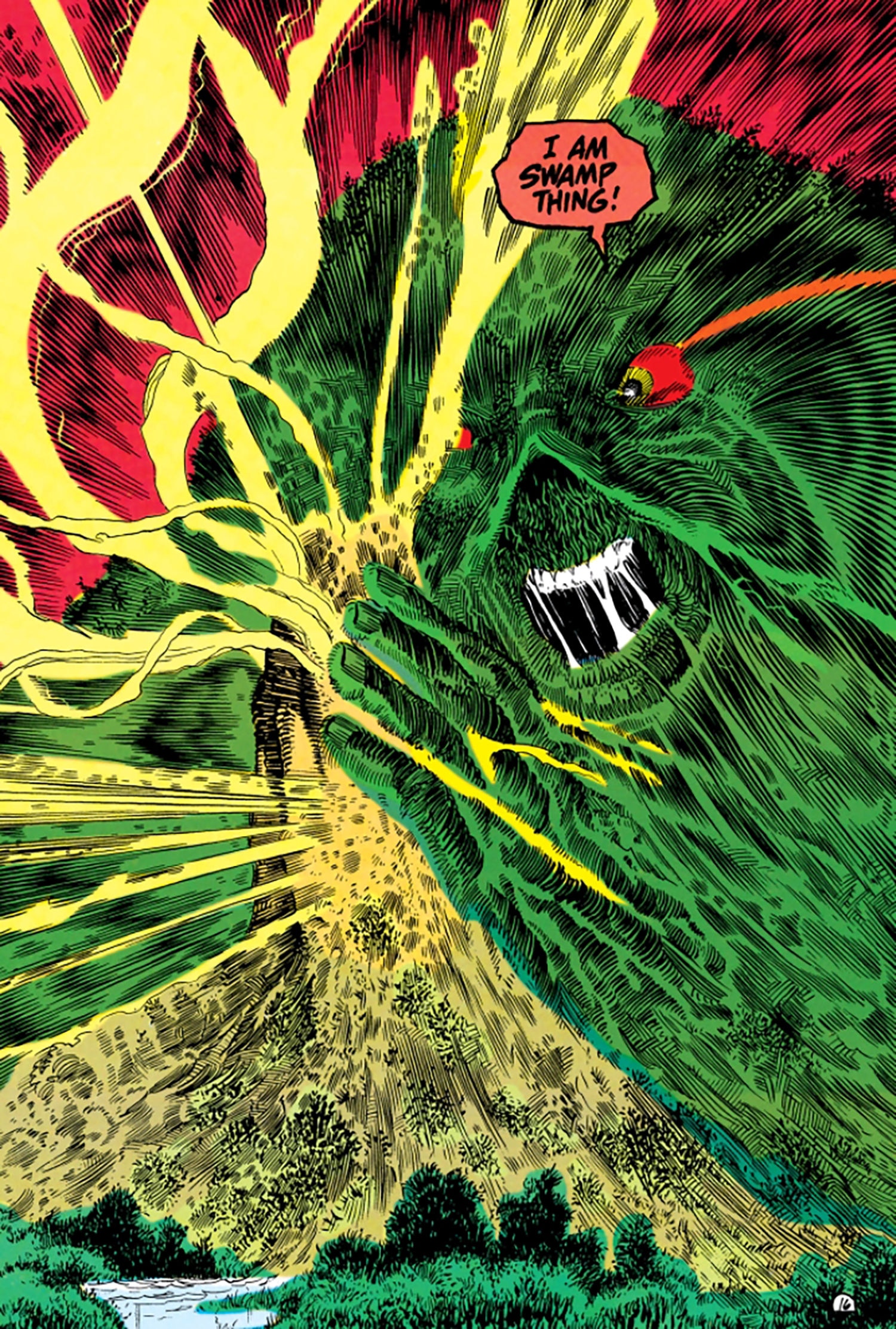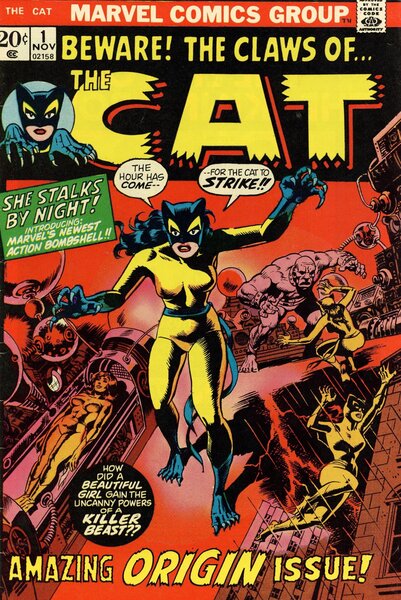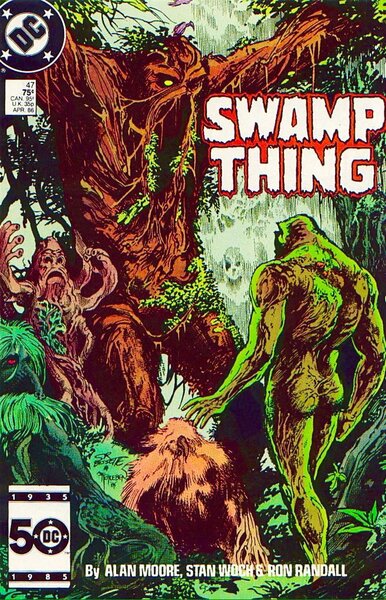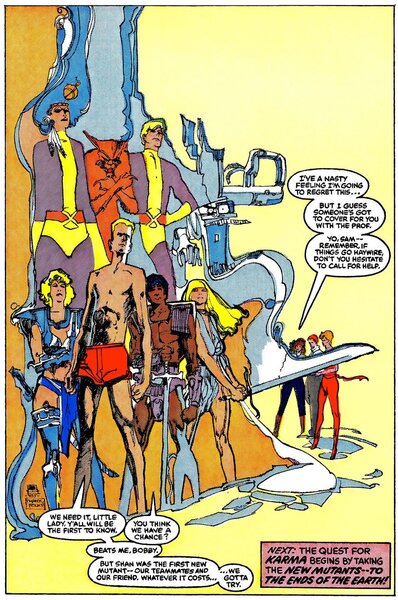Create a free profile to get unlimited access to exclusive videos, sweepstakes, and more!
The women colorists who helped define superhero comics

It's no secret that the early days of comics were not the most welcoming of industries for women. While there has been some progress, it has been an uphill-to-the-point-of-being-Sisyphean task, to say the least.
As we look to the future and the continuing strides the industry is making, we must always remember the past. Though women in comics may have been a rarity, there were still always women in comics. Female artists were hired in what are generally regarded as less-prominent roles — such as assistant editing, press, or colorists. Yet, in these supposedly minor roles, a handful of women colorists helped define the look of superhero comics in their most pivotal time period. It's past time to look back at some of the most prominent, yet still too often forgotten, women colorists of the '60s through '80s.
Marie Severin
Marie Severin was born in New York to a family of artists. Her father worked as a designer for Elizabeth Arden, and her brother, John Severin, was one of the primary artists for the legendary horror comics line EC. Severin took some art classes, but quickly found work and was unable to justify studying for a job she'd already earned. She was hired as a colorist and worked on many of the classic EC war comics and horror comics, such as Tales From the Crypt.
Severin's work on those series remains distinct to this day. She had a knack for mixing and using colors that contrasted well against each other, which in turn helped define the look of many early horror comics. In fact, later re-releases of these comics brought Severin back in to touch up her work rather than hiring new artists to do so, cementing her iconic work on the books.
After the infamous demise of EC (recorded meticulously in the book The Ten-Cent Plague by David Hadju), Severin, alongside hundreds of other comic artists, found herself out of a job. While most of those artists were never to return to comics, the Severin siblings certainly did. Marie was hired to work for Marvel in a relatively minor position, but quickly became head colorist for the company, a position that lasted until 1972. She also illustrated many comics in her time at Marvel. Despite not being given equal opportunities, her work remains definitive.
Tatjana Wood
Unfortunately, very little is known about the iconic colorist Tatjana Wood. She married the legendary comic artist Wally Wood in 1950, and though their marriage ended in the '60s, she continued to work in comics into the early 2000s.
Wood’s career is incredible, though underrecognized. Beginning in 1969, she started work through DC, doing nearly all of the covers for its comics from 1973 through the mid-'80s. Her work on series like Camelot 3000, Swamp Thing, Animal Man, and Walter Simonson's Orion remain some of the most iconic colorings in comics history.
Though Wood made many uncredited contributions to her spouse's pages throughout their marriage, the most recent news on her is that the Wood estate was suing her for some of her ex-husband’s original pages in 2014. Tatjana Wood easily deserves a lifetime achievement award and greater recognition for her incredible work on comics, the aesthetic of which she helped to define. Wood's ability to convey moody, dark subject matter while still keeping with the general palette of superhero comics is unmatched to this day.
Glynis Oliver
Again, very little is known about Oliver, but that doesn't change the fact that she worked on nearly every X-Men book released through their most essential period of growth in the '80s. For some years, she was married to comic book legend Len Wein and sometimes appears as Glynis Wein as a result. They separated in the mid-’80s, but Glynis continued working in comics as one of the primary colorists of her era.
Glynis' bibliography is genuinely stunning, and her work graces books from Batman to Thor to X-Men to New Mutants and beyond. Wein’s bright, dynamic colors worked perfectly for the X-Men, and countless iconic stories feature her work. For instance, Bill Sienkewicz's brilliant art on New Mutants was colored by Oliver, and it’s genuinely hard to imagine any other colorist being able to keep up with his wild, panel-breaking linework. Glynis is one of the unsung greats of the X-Men's formative years and deserves a heck of a lot more recognition for her work on those stories.
Where We're At Today
There are many other female colorists of this time period whose work deserves more recognition, such as Nansi Hoolahan on Wonder Woman, Adrienne Roy on New Teen Titans, and many more besides. In an industry that actively excluded women for decades, female artists often only got work as colorists, which was considered a comparatively less important job. Even now, writers and reviewers often fail to mention the colors in comics at all despite the crucial role they play in many books, particularly mainstream superhero books. Yet, as we see time and again, they truly helped to establish the tone of the books they worked on. Today, the proud tradition of women colorists is continued by many brilliant artists, and they should all earn a lot more praise than they receive.
When looking back on these women that helped define the look of superhero comics, we should note that recent recolorizations of many of these comics essentially erases much of what these women did. While it is true that color touch-ups are often necessary considering the advancements made in printing technology, preserving the work of the few women that had lengthy careers in comics of the '60s through '80s is likewise of grave importance. Restoration rather than recolorization is the true wave of the future, and we hope that, going forward, these women are better honored for their incredible work defining the look of mainstream comics over the course of decades.





























